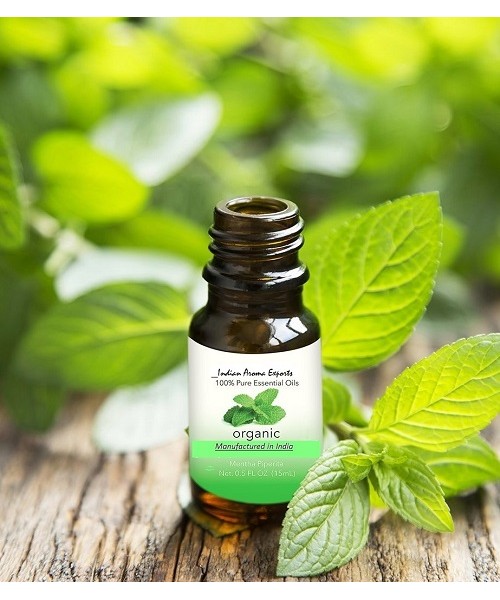DESCRIPTION:
Also popular by the name bastard lavender, Lavendin Oil is steam distilled from the flower part of Lavender plant. Blending well with cinnamon, citronella, clary sage, pine, jasmine and other constituents, it is found to be very useful in cases of muscle stiffness, aches and pains as well as common infections related to the lungs.
BLENDS WITH:
Bergamot, cinnamon, citronella, clary sage, pine, jasmine, thyme, rosemary, patchouli.
CONSTITUENTS:
amphor, cineole, lavandulol, limonene, linalool, linalyl, lavandulyl, terpineol, and terpineneol,linalool, camphor, linalyl acetate, cineole, camphene, dipentene, caryophyllene, limonene, ocimene, terpinene.
COMMON NAMES:
Bastard lavender.
USES:
Lavandin oil is found to be very useful in cases of muscle stiffness, aches and pains. It also helps in easing the lungs and helps with common related ailments like coughs, colds and flu.
|
Botonical Name |
: |
Lavandin hybrida |
|
CAS # |
: |
8022-15-9 |
|
Country of Origin |
: |
France |
|
Color & Odor |
: |
Colorless to pale yellow liquid @22C with a light floral aroma |
|
Solubility |
: |
Insoluble in water, soluble in alcohol and oils |
|
F.E.M.A. # |
: |
2618 |
|
Specific Gravity |
: |
0.886 @ 72°F |
|
Optical Rotation |
: |
-3.53 |
|
Refractive Index |
: |
1.4618 @ 72°F |
|
Flash Point |
: |
140 °F |
|
Major Constituents |
: |
amphor, cineole, lavandulol, limonene, linalool, linalyl, lavandulyl, terpineol, and terpineneol. |
|
Extraction Method |
: |
Steam Distillation |

